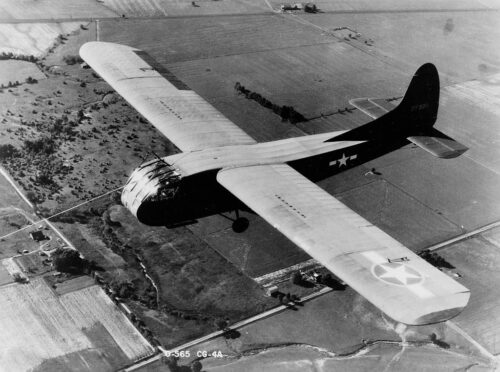The Russian military depends heavily on old and unreplaceable hardware, which makes this intelligence operation particularly stunning.
“After processing additional information from various sources and verifying it … we report that the total (Russian) losses amounted to 41 military aircraft, including strategic bombers and other types of combat aircraft,” it added in a later update. There was no immediate public response from Moscow to the SBU statement.
The SBU said the damage caused by the operation amounted to $7 billion, and 34% of the strategic cruise missile carriers at Russia’s main airfields were hit.
Portraying this as unprecedented ignores the broader pattern of the entire war. Ukraine has been successfully using cheap, innovative solutions against expensive conventional systems since 2022.
This operation is best understood as a culmination from evolutionary scaling of existing products and procedures rather than any revolutionary new development.

The new “Long lines” of Wingate’s 1940 Chindits
Asymmetric tactics were foundational to defense of Ukraine from early on, with successful relatively inexpensive drones, anti-tank missiles, and other systems against much more expensive Russian conventional might.
What has evolved here is actually quite logical, and predictable.
- Scale and coordination: Drone attacks have been a concept since the late 1800s. However, the act of simultaneously hitting four airfields across thousands of miles, including Siberia and above the Arctic Circle, represents an execution leap in operational coordination and reach.
- Autonomous capabilities: AI-trained drones to recognize and target specific vulnerable points on aircraft without human control represents an expected culmination. If Chinese and German drones have been 98% accurate in zapping tiny agricultural pests for years already, a huge bomber on an airfield is a crispy duck.
- Strategic impact: Destroying a third of Russia’s Tu-95 bomber fleet, which is presumed accurate, marks a substantial blow to Russia’s strategic large bombing capability. These aircraft represented an irreplaceable threat. China is now Russia’s only hope for hardware.
- Cost-ratio: There has been a constantly deflating asymmetric warfare bill throughout the conflict. Fleets of armor and aircraft costing billions to invade Ukraine were eliminated by millions in agile defense systems. Now a reported set of $1,200 drones delivered $7 billion in potential damage, the most extreme example yet of Russia’s “power” proved to be a flimsy paper bear.
Those who know, know.

Just as the Chindits in WWII showed how smaller, more agile forces could penetrate deep behind enemy lines using unconventional methods, Ukraine is confirming again that distributed, low-cost systems can reach targets that conventional forces would struggle to hit.
Imagine if America had applied such logic in their ill-conceived plans for conventional forces to push through Iraq and seize Iran. It was big battalions on “the road to Tehran that runs through Bagdad“, remember, Mr. Tenet?
The “paper bear” effect is crucial to understand because Russia’s military has long projected power through impressive-looking legacy systems. Aside from criminal money and the ridiculously large continuation of the KGB, controlling every corner of the globe, what else have they got?
The Ukrainian defense repeatedly has exposed what Ukrainians have always known as Soviet insiders, how vulnerable expensive platforms are to much cheaper countermeasures. The Tu-95s are a perfect example: the biggest and baddest strategic bombers that Russia can’t replace are taken out by drones that cost less than a car. The supposed strength turns out to be the weakness.
